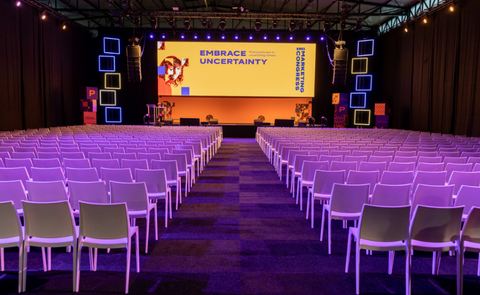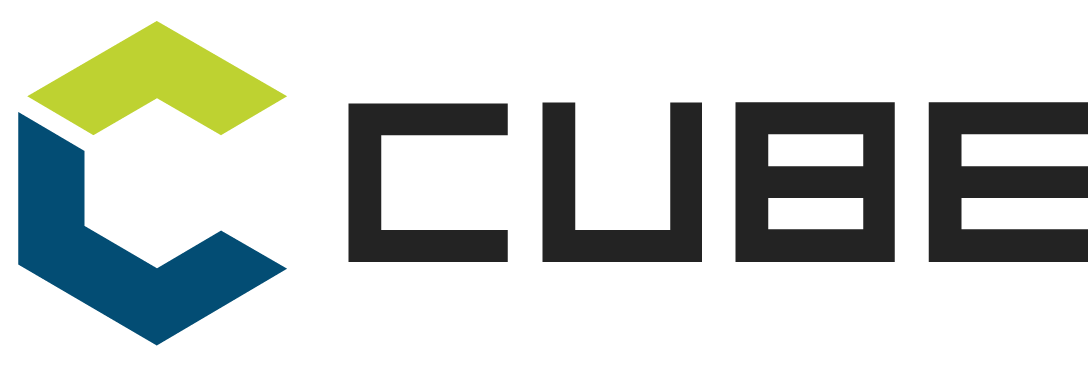
13 Dec FROM CRISES TO OPPORTUNITIES
It seems like the world has been dragging on from crisis to crisis in recent years. How should companies deal with this? And what role do market research and consumer insights play in this? That was the subject of two interesting presentations at the recent BAM Marketing Congress. Eva Vandenberghe, Country Director of Boobook, took notes for us.

The coronapandemic is still in full swing when a war erupts in Ukraine, and then all of a sudden, an inflation crisis pops up, sending prices soaring worldwide. Of course, the world has always experienced crises throughout its history, but in recent years a few major global disruptions have been particularly seamless. That’s why it is increasingly important for companies to think about this and consider what role they should take and how (or if?) they should communicate about it. Both Telenet and Danone came to explain how that process works during a presentation at the latest BAM congress.
“A very important general message that was given is that, especially in crisis periods, it is very important to stay close to your customer,” says Eva Vandenberge. “During crises, companies quickly start thinking about ways to optimize their budgets and the temptation is very high to skimp on market research and consumer insights. That is precisely what you should not do: especially in difficult times, it is important to know what consumers want, how you can respond to them and what is important to them.”
Telecom is the hero
Of course, a lot depends on the sector in which you operate and exactly what crisis is going on. That quickly became clear from Telenet’s experience. Vandenberge: “Every crisis is different. During corona and the inflation crisis, Telenet had very different roles each time. During the pandemic, the telecom sector was the “hero.” They brought people together and they made sure we could all keep working. Telenet quickly capitalized on this with a big campaign: “Samen erdoor.” However, when the inflation woes erupted, that tone of voice had to be firmly adjusted. Your home was no longer a safe haven. Telecom, like energy, had become a hefty cost, and its role was changing. The main question for consumers was now: how can we save money? So big above-the-line campaigns were definitely out of the question. Telenet started to approach its customer group much more individually, for example with tips on how to spend less.”
That the cable operator knew what was going on in society was because the company never cut its research budget in times of crisis, says Vandenberge. “They kept investing and listening to their customers. That way they were able to keep their finger on the pulse: should we adjust our message? Do we step into the foreground or do we stay a bit more in the background? Is the time already ripe for a big, emotional campaign?”
Learning from each other
Dairy giant Danone also struggled with the same questions in recent years. But they were answered in a somewhat different way than at Telenet. “At Danone, the Research & Insights department sits together with the strategic department. So their actions and strategies are very much linked to insights, and the guys and girls from Insights also have the mandate to take certain actions. At Telenet, on the other hand, Insights works closely together with the Data department. They really go hand in hand: one verifies the other and together they try to react to crises as well as possible. After the presentations, both companies said that, in that respect, they could still learn something from each other.”
Three pillars
Just like Telenet, Danone’s research efforts have been stepped up considerably in recent years. “They rely on three major pillars,” says Vandenberge. “The first are “long-term trends”, certain things that Danone always keeps in mind and whose impact it wants to monitor. Sustainability, for example, is one such trend. Or digitalization. For example, what was corona’s impact on digitalization? Corona was, to put it mildly, a solid catalyst for digitalization.”
A second pillar for Danone are, what they call, “Sticky Shifts.” “Sticky Shifts are certain changes in consumer behavior that are triggered by societal changes and then “stick” around”, Vandenberghe explains. “Home working, for example, is one of those. These are important things for Danone to keep an eye on and they do this by including this in their market research, their internal data and their shopping data.”
A third pillar is “external context.” “These are all the circumstances that can change rapidly and that help determine the direction the company should take. So for Danone, it is important to know what circumstances are at play and how to deal with them. After the inflation crisis, for example, the company created a kind of “inflation toolkit,” an action plan built on essential market insights. Such as, for example, that they should focus mainly on essential market categories and then especially even on their absolute power brands.”
Young activists
The overall conclusion of the presentations is mainly that insights in themselves should not be treated as standalones, Vandenberge says. “Especially consumer insights should always be enriched with data and strategic insights, that’s the only way to exploit their maximum potential. With market research alone, you might draw wrong conclusions. And just data without insights, are not enough either. Both need each other. It is also important not to wear blinders and to keep your vision as broad as possible. Danone, for example, is already talking to young activists. That is important to keep your finger on the pulse and understand them, because in ten years they will be the most important consumers.”
